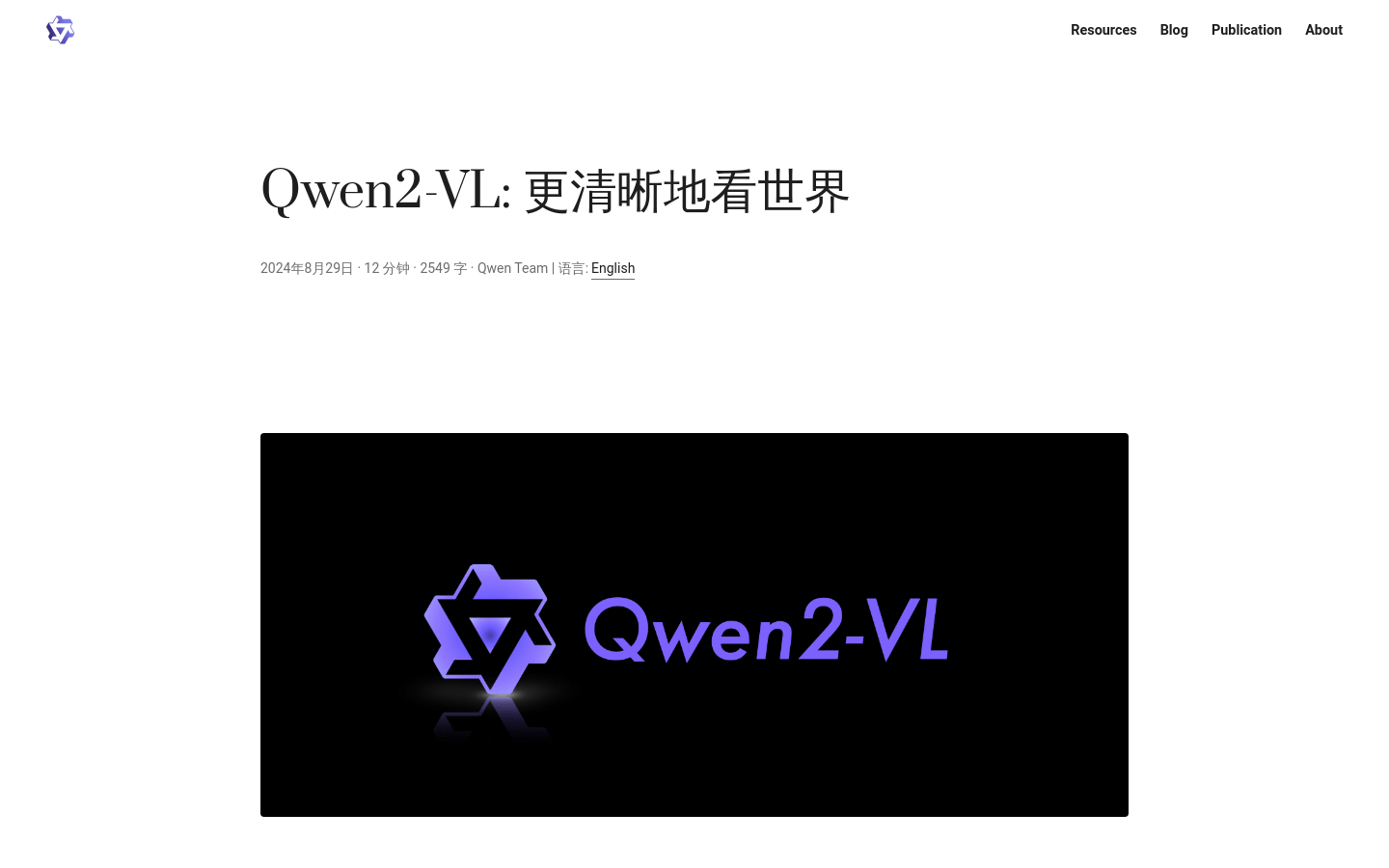

Qwen2 VL
Overview :
Qwen2-VL is the latest generation visual language model developed on the Qwen2 framework, featuring multilingual support and powerful visual comprehension capabilities. It can process images of varying resolutions and aspect ratios, understand long videos, and can be integrated into devices such as smartphones and robots for automation. It has achieved leading performances on multiple visual understanding benchmarks, particularly excelling in document comprehension.
Target Users :
Qwen2-VL is designed for users needing advanced visual and language processing capabilities, such as researchers, developers, and content creators. It helps users achieve more efficient and intelligent workflows in areas like image recognition, video analysis, and automation.
Use Cases
Identify plants and landmarks, analyzing relationships between objects within scenes.
Convert handwritten text and formulas from images into Markdown format.
Recognize and transcribe multilingual text within images.
Solve practical problems such as mathematical and programming algorithm challenges.
Features
Comprehend images of varying resolutions and aspect ratios, including multilingual text recognition.
Understand long videos exceeding 20 minutes, suitable for video Q&A and content creation.
Operate visual intelligence agents for smartphones and robots, executing automated tasks.
Support multiple languages, including European languages, Japanese, Korean, etc.
Achieve exceptional results on various visual understanding benchmarks.
Provide open-source code for seamless integration into multiple third-party frameworks, enhancing the development experience.
How to Use
1. Register and obtain an API Key to experience the Qwen2-VL model via the DashScope platform.
2. Install the necessary libraries and tools, such as transformers and qwen-vl-utils.
3. Load the model and processor, adjusting parameters as needed, such as device mapping and minimum/maximum pixel counts.
4. Prepare input data, including image URLs and related textual instructions.
5. Perform inference, generate outputs, decode, and print results.
6. Utilize the model's key functionalities, such as image recognition and video analysis, to address specific problems.
Featured AI Tools

Gemini
Gemini is the latest generation of AI system developed by Google DeepMind. It excels in multimodal reasoning, enabling seamless interaction between text, images, videos, audio, and code. Gemini surpasses previous models in language understanding, reasoning, mathematics, programming, and other fields, becoming one of the most powerful AI systems to date. It comes in three different scales to meet various needs from edge computing to cloud computing. Gemini can be widely applied in creative design, writing assistance, question answering, code generation, and more.
AI Model
11.4M
Chinese Picks

Liblibai
LiblibAI is a leading Chinese AI creative platform offering powerful AI creative tools to help creators bring their imagination to life. The platform provides a vast library of free AI creative models, allowing users to search and utilize these models for image, text, and audio creations. Users can also train their own AI models on the platform. Focused on the diverse needs of creators, LiblibAI is committed to creating inclusive conditions and serving the creative industry, ensuring that everyone can enjoy the joy of creation.
AI Model
7.0M













